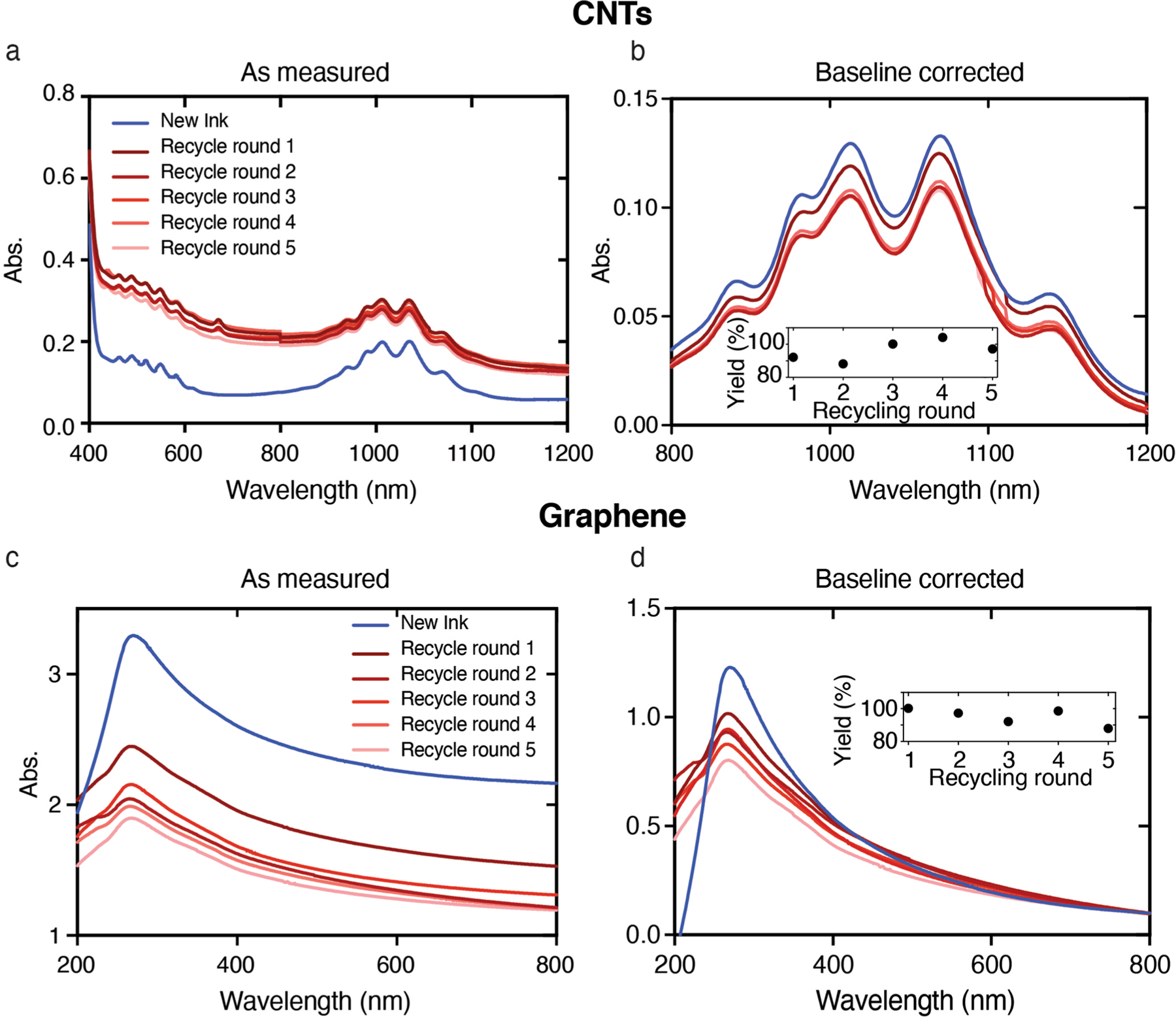Extended Data Fig. 9 |. Nanomaterial ink recycling yield.

a, New CNT ink (blue) and 5x recycling iterations of CNT ink (red—dark→light; recycling cycles 1→5). The difference in baseline absorbance (away from the CNT peaks) between inks at ostensibly the same concentration may be due to some particulate matter left in the ink. b, To allow for CNT concentration measurement, the baselines were aligned and plotted and the area under the curve from a wavelength of 800–1200 nm was measured. The percent yield (insert) was measured by subtracting the integrands (that is recycling round 1: ). c, New (blue) and 5x recycling iterations of graphene ink (red—dark→light; recycling cycles 1→5). With the graphene ink the baseline absorbance (away from the graphene peak) is markedly higher for the new ink, potentially due to the added viscosifiers. b, baseline corrected graphene ink absorbance with recycling yield (insert). Graphene ink integration was measured from 200—800 nm.
